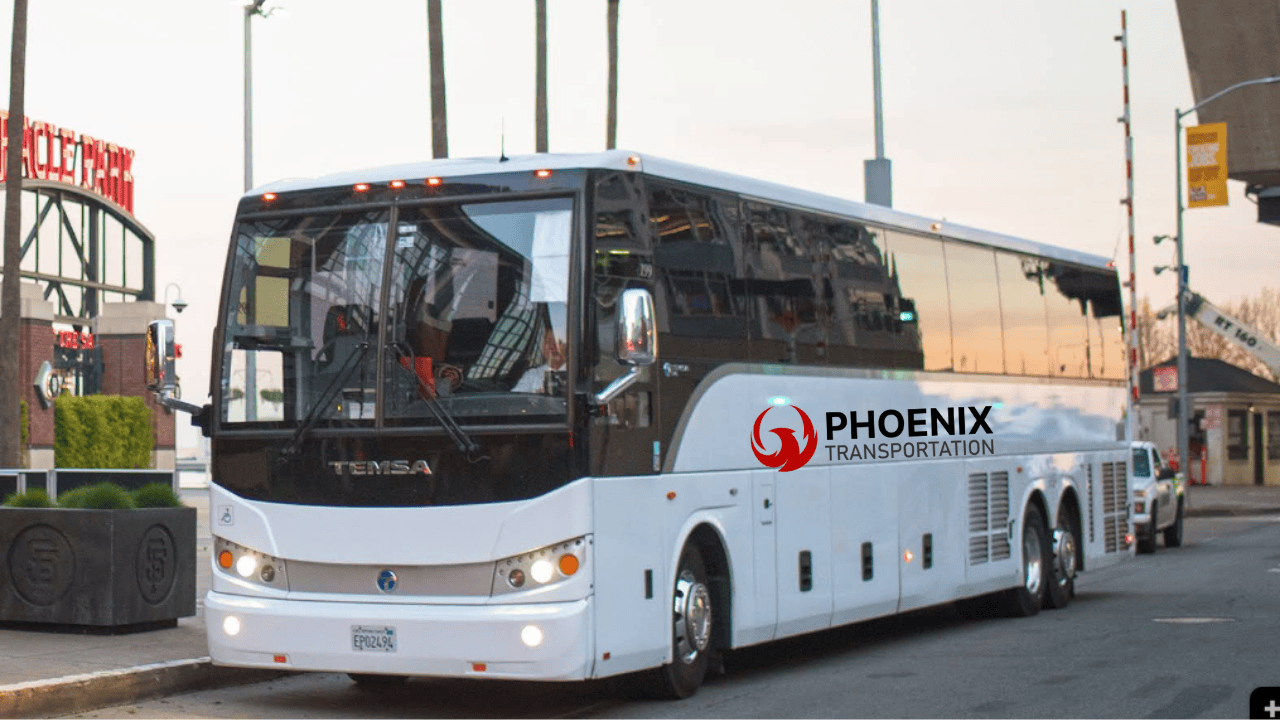To learn how to start a transportation business, begin with market research, choose a niche, get licenses, secure vehicles, hire drivers, and market your service effectively. Focus on reliability and customer satisfaction to succeed fast.
Key Takeaways:
- Conduct thorough market research.
- Choose a profitable niche.
- Ensure all legal requirements are met.
- Prioritize service quality and marketing.
Starting a transportation business can be one of the most lucrative ventures in today’s fast-paced and logistics-driven economy. Whether you’re looking into passenger transit, freight hauling, or last-mile delivery, the transportation industry offers extensive opportunities for rapid growth—if approached strategically. Below, we present a comprehensive guide on how to open a transport company and scale it fast.
Conduct Thorough Market Research Before You Start
Understanding your target market is the cornerstone of your success. Begin by identifying gaps in local and regional transportation needs. Ask:
- Are there underserved areas in passenger shuttle services?
- Is there a growing demand for last-mile delivery or medical transport?
- Are logistics companies struggling with same-day or express deliveries?
Use industry reports, Google Trends, and local surveys to gather insights. Know your competitors, what they offer, and how you can provide better, faster, or more affordable services.
Choose the Right Transportation Niche

The transportation sector includes several profitable niches, and success depends on focusing your resources wisely. Here are popular and fast-growing options:
- Freight and cargo transport
- Medical transportation (NEMT)
- Rideshare and shuttle services
- Luxury and limo services
- School or corporate commuting
- Courier and express delivery
Select a niche based on local demand, your budget, and regulatory requirements.
Write a Detailed Transportation Business Plan
A strong business plan acts as your blueprint for long-term success. It should include:
- Executive summary – Clearly outline your goals and mission.
- Company description – Define your business model and unique selling proposition.
- Market analysis – Highlight demand, competition, and pricing strategies.
- Organizational structure – Define roles, responsibilities, and legal structure.
- Fleet and operations – Detail vehicle types, maintenance schedules, and routing plans.
- Financial projections – Include startup costs, revenue forecasts, and breakeven analysis.
Use this plan when seeking funding from banks or investors or referring to trusted resources like the U.S. Small Business Administration’s business plan guide.
Register Your Transportation Business and Get Proper Licensing
Compliance is critical. Depending on your location and niche, your business may need:
- Business registration with the city or state
- Federal Employer Identification Number (EIN) from the IRS
- DOT number and Motor Carrier (MC) number for interstate trucking – you can apply for these through the Federal Motor Carrier Safety Administration (FMCSA).
- Commercial driver’s licenses (CDL) for drivers
- Liability and vehicle insurance
- Permits from the Department of Transportation or other regional bodies
Check with your local Department of Motor Vehicles (DMV) and transport regulatory authorities for up-to-date requirements.
Secure Adequate Funding to Launch Operations
Startup costs vary depending on your fleet size, service type, and technology infrastructure. Costs can include:
- Purchasing or leasing vehicles
- Installing GPS tracking systems
- Building a dispatch system or app
- Hiring and training drivers and staff
- Marketing and branding
Consider financing options like:
- SBA loans
- Angel investors
- Equipment financing
- Crowdfunding platforms
Having a strong credit history and a detailed business plan increases your chances of securing capital.
Build or Acquire a Reliable Fleet
Choose vehicles based on your niche:
- Cargo vans or box trucks for delivery businesses
- Mini-buses or shuttles for group transport
- SUVs or sedans for executive transport
- Specialized vans for medical transport (with wheelchair access)
Prioritize fuel efficiency, vehicle reliability, and low maintenance costs. Partner with reputable dealers for warranties and service support. Schedule regular vehicle inspections to ensure safety and compliance.
Hire and Train a Professional Team

Your drivers are the face of your business. Hire those with:
- Clean driving records
- Commercial Driver’s License (CDL) if required
- Experience in transportation or logistics
- Strong customer service skills
Also recruit dispatchers, fleet managers, and administrative staff. Invest in driver training programs that focus on:
- Defensive driving
- Customer service
- Navigation technology
- DOT compliance
Implement ongoing performance evaluations and offer incentives for safe and efficient driving.
Implement Smart Technology Solutions
Technology will streamline operations and improve customer satisfaction. Use:
- Fleet management software for tracking and maintenance
- Dispatch systems for route optimization
- Mobile apps for booking and driver communication
- Digital payment systems for seamless transactions
- Customer feedback tools to track satisfaction
Data analytics can help forecast demand, reduce costs, and increase efficiency. Automate what you can to scale faster with fewer errors.
Launch a Powerful Marketing Campaign
To succeed fast, your business must be highly visible online and offline. Start with:
- A professional website with mobile responsiveness and booking options
- Google My Business and local directory listings
- SEO-optimized blog content targeting phrases like “transportation services near me”, “how to start a transport company”, etc.
- Active social media presence showcasing vehicles, services, and client testimonials
- PPC advertising through Google Ads and Facebook
Offer promotions, referral discounts, or loyalty programs to attract and retain clients.
Build Strong Business Partnerships
Form alliances with:
- Hospitals and medical facilities for patient transport
- Event planners for luxury transport
- Hotels and tour agencies for airport shuttles
- Schools and corporate offices for daily commutes
- E-commerce businesses for last-mile delivery
A strong B2B strategy can lead to recurring contracts and steady revenue.
Track Performance and Scale Strategically
Once operational, track key performance indicators (KPIs):
- Number of rides/deliveries completed daily
- Fuel and maintenance costs
- On-time rate
- Customer ratings
- Revenue vs. expenses
Use these insights to refine operations, expand routes, increase fleet size, or introduce new services. As demand grows, consider franchising or licensing your model.
Stay Compliant and Insured
Maintain all required insurance coverage, including:
- Liability insurance
- Cargo insurance (if hauling goods)
- Workers’ compensation insurance
- Uninsured motorist coverage
Update licenses regularly and keep documentation organized. Stay informed about changes in transport regulations, especially if operating across state or national borders.
Conclusion
Launching a successful transportation business requires more than just owning a fleet—it demands strategic planning, proper licensing, smart technology, and a focus on customer satisfaction. If you’re exploring how to start a transportation company, begin with market research, choose a profitable niche, and build a solid business plan. Hiring professional drivers, using fleet management tools, and implementing strong marketing efforts are all crucial to gaining traction and growing fast.
As your business gains momentum, track your performance, stay compliant, and look for ways to expand or innovate. Whether you’re serving local passengers or handling regional deliveries, consistency and reliability are key. For dependable and professional bus services, choose Phoenix Transportation San Francisco, a trusted name in the transportation industry.



